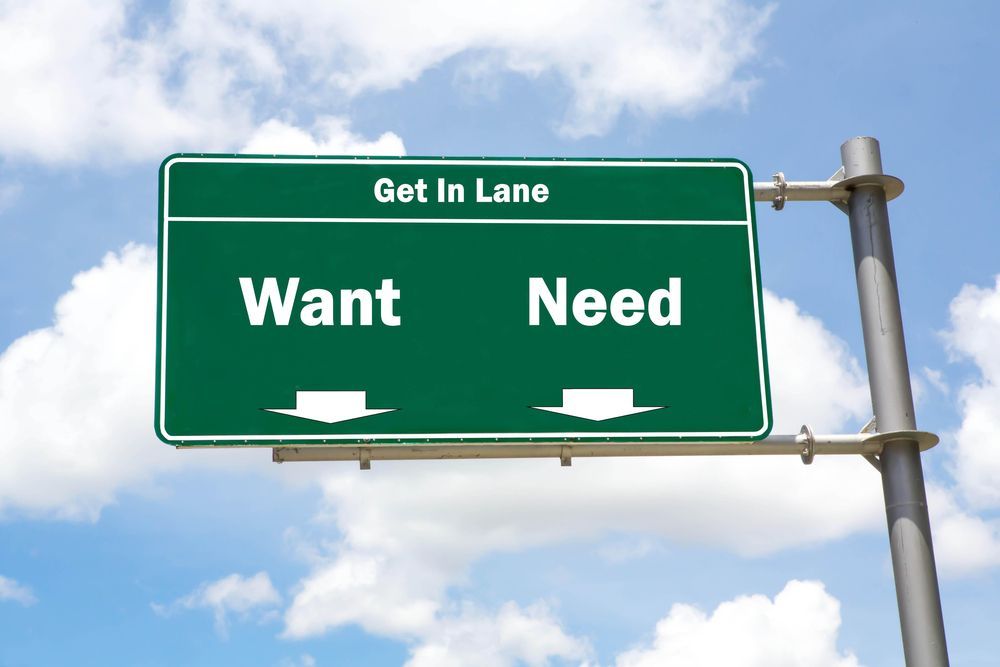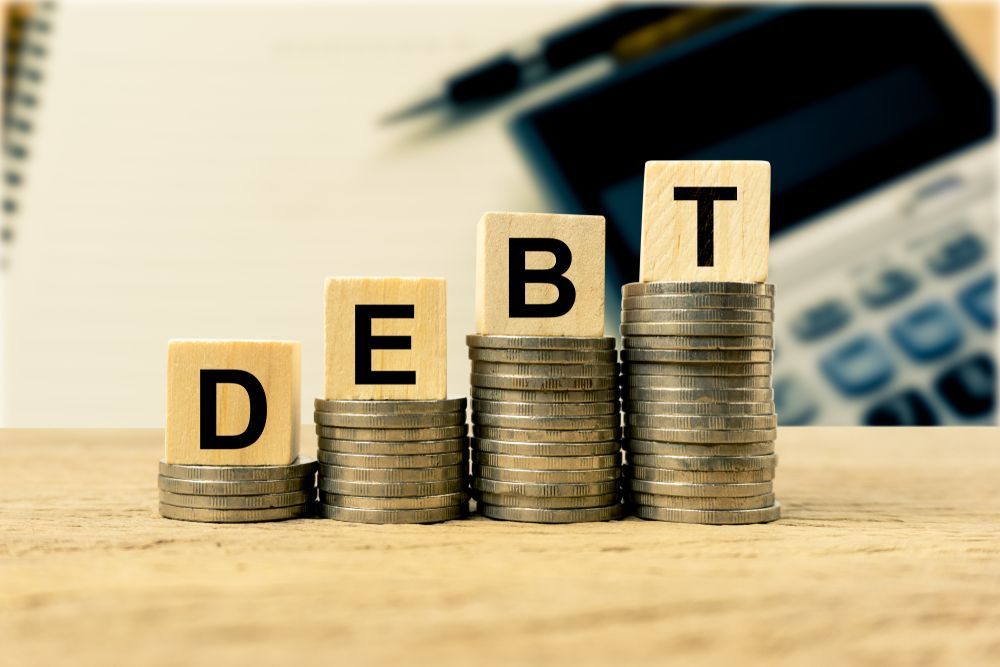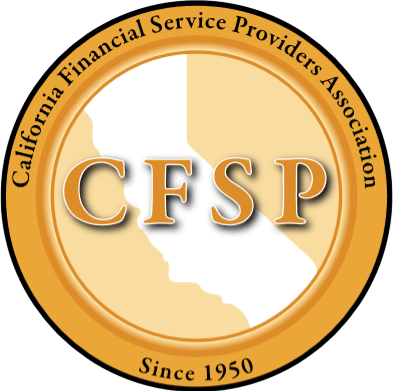10 Tips to Decrease Money Anxiety
By MArcela De Vivo • April 20, 2023
Inflation could be causing consumers to rethink their finances. The price of food and other goods has soared, and some families are finding it difficult to manage these extra costs of living. Worrying about money can lead to sleepless nights, anxiety, and other issues. Unfortunately, as the price of necessary items rises, these worries might increase, too.
If financial stress is leading to tossing and turning, increased worrying, and concerns over how to make the math add up, here are 10 tips to decrease money anxiety and take control of finances even during inflationary times:
The Best Tip? Create a Budget!
When consumers are looking at their bank account and wondering why they suddenly have no money, the first step in taking control of the financial big picture and reining in worries is to create a budget. Using either a simple computer program like Excel or just a piece of ruled notebook paper, create two columns: income and expenses.
Income might be easy to calculate for those on a salary; simply add up the pay periods of each month. However, only focus on net income or take-home pay—this is the amount after taxes, healthcare, etc.
Consumers should list all their expenses, both fixed and variable. Fixed expenses are those that never change like a mortgage or rent payment or a car loan payment. Variable expenses change each month; utility bills, food, clothing, and credit card bills all might be variable expenses.
Review the last month’s bank statement to understand spending habits and pinpoint hidden expenses. List all expenses and add them up to better understand how expenses compare to income.
If income exceeds expenses, then any surplus could move into a savings account. Consumers might discover, though, that their expenses exceed their income. When this happens, budgeting can be a powerful tool.
When expenses exceed income, consumers need to investigate their spending habits. Do they earn enough money to cover basic expenses like food, utilities, etc? Is income so low that it cannot meet these basic expenses?
Individuals might find that they can pay for living expenses and their basic needs. Yet, they are still spending more than they earn. When reviewing finances, budgeting might require setting limitations on other spending. For example, individuals might find that they are spending so much money on eating out that it’s causing them to spend more than they earn. To curb this habit, they might budget a specific amount each month on restaurant expenses and not exceed this allocation.

Understand Needs Versus Wants
When budgeting, reining in financial stress can mean understanding the difference between needs versus wants. Buying items that are luxuries or ‘wants’ could drive expenses beyond what is reasonable for an individual’s budget and monthly income.
Eating at restaurants is a want. Buying a cup of coffee at a café also is a want. Entertainment costs, name-brand clothing, manicures, and streaming services also are luxury expenses. Consumers need to review their budget to understand if these expenses are worth the stress that they could be causing on their finances.
Know What to Cut
When and if expenses exceed income, consumers might focus on what they can cut to better align their finances. Every individual might have a preference on the luxuries that they prefer to cut. Some might cancel streaming services or eating at restaurants. Others might cut their clothing budget or delete that budget item completely.
Review the monthly expenses and find out which areas are the biggest financial drains (and aren’t necessary expenses). Start cutting the expenses that are unnecessary to create a bit more financial slack in the budget.
Some consumers might find that they are only paying for necessary expenses and they are still struggling. Individuals might need to earn more money to break even; they might consider taking on a weekend job or perhaps investigating other job opportunities that earn more money.
To increase income, a side gig like driving for Uber could be an option. However, these jobs might require additional insurance or other costs.

Shop Smart
When the budget is crunched, how an individual shop can impact how much they spend at the register. For example, shopping hungry can lead to impulse purchases. Shopping without a list also can lead to spending more money, but it also can cause consumers to forget to purchase necessary items.
Before going to the store, make a list of every item that is needed. Don’t forget to clip coupons, too. There are apps that consumers can download that offer access to coupons for various products.
In addition, consumers also can consider buying private-label or generic items to increase savings. Some of these products are named brands that are offered under a store’s label.
Not sure how to create a grocery list? Evernote offers a tutorial in grocery planning.
Put off Big Purchases
Tax season could lead to a hefty refund. Consumers might consider buying a new television or making a down payment on a new car. When an individual has extra cash, it can be tempting to make a big purchase.
However, if money is tight during the rest of the year, consider putting off a big purchase and allocating the tax refund or other windfall to pad the budget and possibly save for a rainy day. As interest rates are now higher, big ticket items that require financing (like a new car) could be more expensive per month because of higher rates.
Tackle High-Interest Debt
When the Federal Reserve raises rates, this hike often reverberates to consumers in the form of higher rates for loans and credit cards, too. If finances are causing stress, review the cost of high-interest debt. If possible, tackle this debt first; focusing on paying down high-interest debt is called the “debt avalanche method.”
Debt with higher interest rates is more expensive for consumers to carry month to month. For example, every purchase on credit cards is subject to potential higher interest rates if the balance isn’t paid in full. It could take years to pay off these debts if the consumer only makes monthly payments; over time, those small purchases that were paid via credit card take on a much more expensive price tag.
Save a Little
Saving money doesn’t have to be an overwhelming endeavor. Even saving $5 to $10 per month can help consumers build a nest egg.
Save what is feasible. Even pocket change can be added to a jar to begin a savings plan. Consumers don’t need to set lofty savings goals, but they should try to set a savings goal as part of their budget.
Be Proactive, Not Reactive
Take control of finances now so that those finances don’t spiral out of control later. Being proactive with finances means that consumers set a budget to analyze expenses and cut expenses that are a drain to the bottom line.
Refinancing a high-interest loan also could be a proactive financial move. If an individual’s credit score has improved, refinancing a high-interest loan could help the individual pay less per month (thanks to a lower interest rate) and/or structure the loan to pay off the loan in less time.
Buy What is Affordable
Buy Now Pay Later options are appealing and oh-so enticing. Maybe an individual can’t afford to spend $500 on a new handbag, but they can spend $50 per month via a payment plan.
When it comes to luxury expenses and ‘wants,’ buy what is affordable. This doesn’t mean that consumers should divide up that purchase into multiple payments; instead, consumers need to consider if they can pay for that item outright right now.
If they cannot afford to buy the item or if purchasing the item would seriously impact their finances, then they might ask themselves if they really need it. Taking on monthly debt for a purchase that isn’t a necessity could set up an individual for more financial stress.
Pay with Cash
Swiping a debit or credit card to make a payment is simple and much less of a hassle than dealing with cash. However, using a card as a form of payment also could lead to spending more or buying more than the individual intended.
Paying with cash requires consumers to be more mindful of what they are buying and how much they are spending. The cash serves as the budget's bottom line. Using cash as the primary form of payment could force individuals to only buy what is on their list and what they can afford.
If the food budget is $200 per week, then bring only $200 to the store. Create an itemized list and focus only on that list.
Finding Help When Financially Overwhelmed
As inflation takes its toll on the buying power of consumers, the result could be higher stress levels related to making income stretch further. For some consumers, there is nothing that can be comfortably cut from their budget to free up more income.
Those who have taken steps to budget, analyze their expenses and cut costs might still feel overwhelmed. If finances are causing sleepless nights, it could be time to consult a professional who can provide financial advice. Individuals can research local non-profit organizations or other groups who can help them with credit counseling and offer financial guidance. Help is available, and consumers might just need to reach out.

Tackle High-Interest Debt
When the Federal Reserve raises rates, this hike often reverberates to consumers in the form of higher rates for loans and credit cards, too. If finances are causing stress, review the cost of high-interest debt. If possible, tackle this debt first; focusing on paying down high-interest debt is called the “debt avalanche method.”
Debt with higher interest rates is more expensive for consumers to carry month to month. For example, every purchase on credit cards is subject to potential higher interest rates if the balance isn’t paid in full. It could take years to pay off these debts if the consumer only makes monthly payments; over time, those small purchases that were paid via credit card take on a much more expensive price tag.
Save a Little
Saving money doesn’t have to be an overwhelming endeavor. Even saving $5 to $10 per month can help consumers build a nest egg.
Save what is feasible. Even pocket change can be added to a jar to begin a savings plan. Consumers don’t need to set lofty savings goals, but they should try to set a savings goal as part of their budget.

Be Proactive, Not Reactive
Take control of finances now so that those finances don’t spiral out of control later. Being proactive with finances means that consumers set a budget to analyze expenses and cut expenses that are a drain to the bottom line.
Refinancing a high-interest loan also could be a proactive financial move. If an individual’s credit score has improved, refinancing a high-interest loan could help the individual pay less per month (thanks to a lower interest rate) and/or structure the loan to pay off the loan in less time.
Buy What is Affordable
Buy Now Pay Later options are appealing and oh-so enticing. Maybe an individual can’t afford to spend $500 on a new handbag, but they can spend $50 per month via a payment plan.
When it comes to luxury expenses and ‘wants,’ buy what is affordable. This doesn’t mean that consumers should divide up that purchase into multiple payments; instead, consumers need to consider if they can pay for that item outright right now.
If they cannot afford to buy the item or if purchasing the item would seriously impact their finances, then they might ask themselves if they really need it. Taking on monthly debt for a purchase that isn’t a necessity could set up an individual for more financial stress.
Pay with Cash
Swiping a debit or credit card to make a payment is simple and much less of a hassle than dealing with cash. However, using a card as a form of payment also could lead to spending more or buying more than the individual intended.
Paying with cash requires consumers to be more mindful of what they are buying and how much they are spending. The cash serves as the budget's bottom line. Using cash as the primary form of payment could force individuals to only buy what is on their list and what they can afford.
If the food budget is $200 per week, then bring only $200 to the store. Create an itemized list and focus only on that list.

Finding Help When Financially Overwhelmed
As inflation takes its toll on the buying power of consumers, the result could be higher stress levels related to making income stretch further. For some consumers, there is nothing that can be comfortably cut from their budget to free up more income.
Those who have taken steps to budget, analyze their expenses and cut costs might still feel overwhelmed. If finances are causing sleepless nights, it could be time to consult a professional who can provide financial advice. Individuals can research local non-profit organizations or other groups who can help them with credit counseling and offer financial guidance. Help is available, and consumers might just need to reach out.
HOW MUCH IS MY CAR WORTH?













